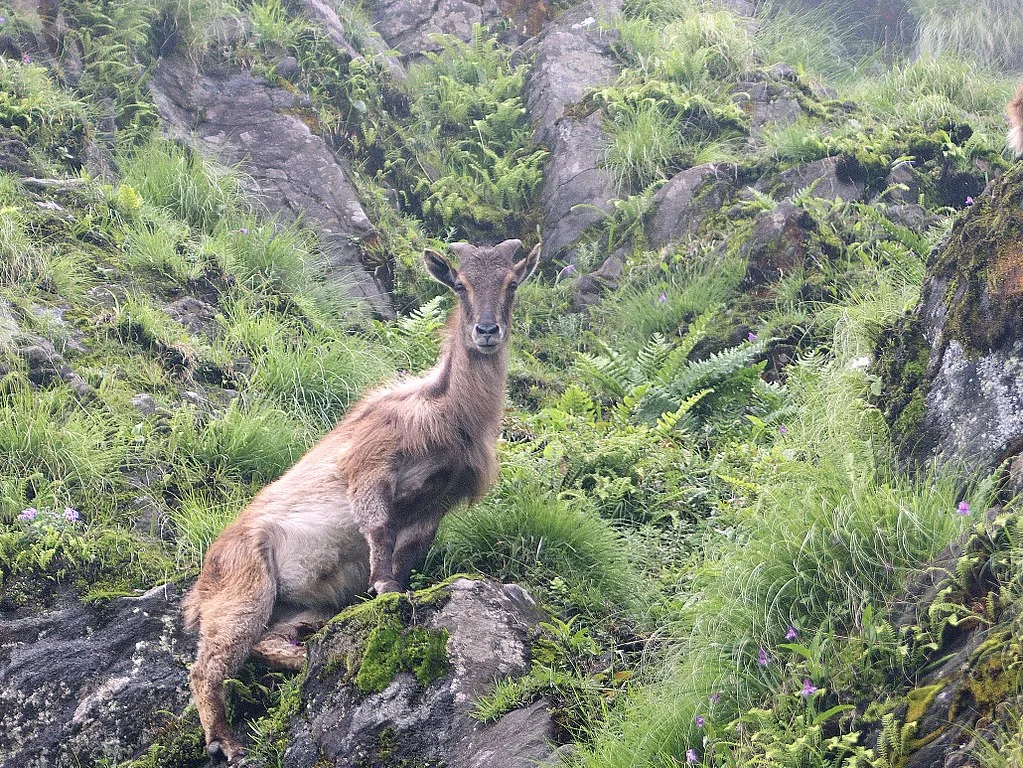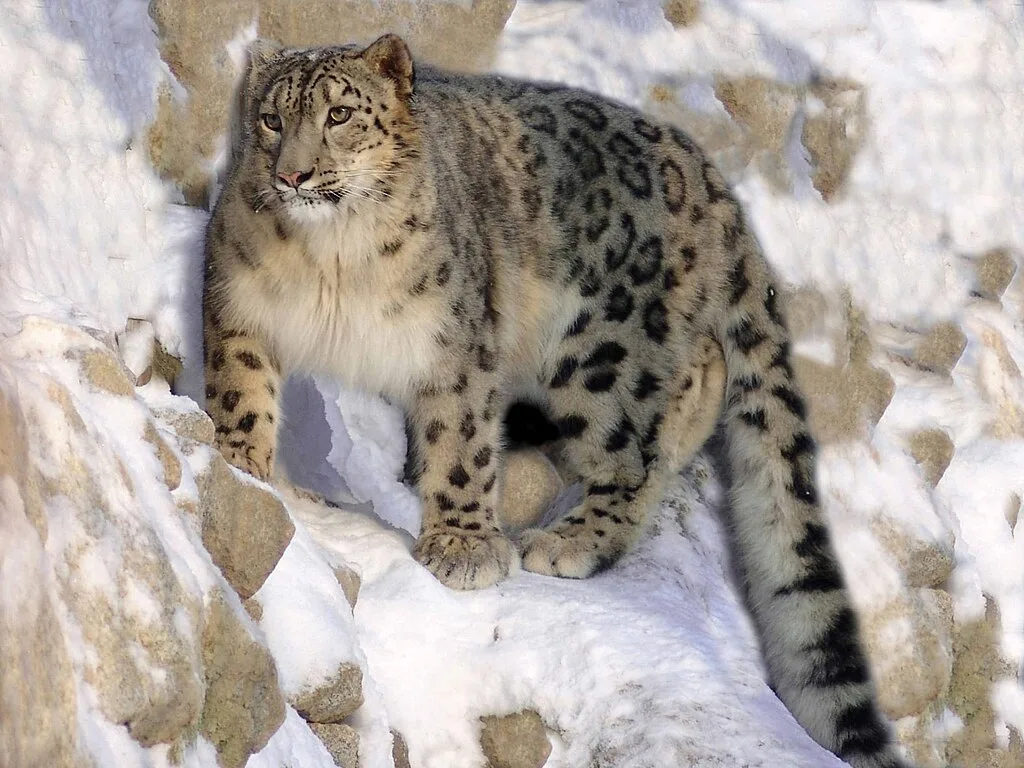If you’re a nature enthusiast and have an insatiable love for wildlife, the Great Himalayan National Park should be firmly on your bucket list. Nestled in the spectacular state of Himachal Pradesh, India, this national park is a haven for diverse flora and fauna. In this article, we embark on a captivating journey to uncover the rich history, breathtaking biodiversity, thrilling wildlife experiences, travel logistics, accommodations, and all you need to know about the Great Himalayan National Park.
A Glimpse into History
Before we delve into the vibrant ecosystem of the Great Himalayan National Park, let’s take a step back in time to appreciate its historical significance. This majestic park was established in 1984 and later declared a UNESCO World Heritage Site in 2014. Its roots, however, go far beyond its formal recognition.
The Indigenous Connection

The park is inhabited by indigenous communities, including the Gaddis and Gujjar tribes, who have coexisted with the natural world for generations. Their traditional knowledge of the landscape and its wildlife is invaluable for conservation efforts in the region.
Flourishing Flora

As you step into the heart of the, you’ll be enveloped in a world of verdant beauty. The park’s flora is a mesmerizing blend of alpine meadows, dense forests, and pristine rivers. Here are some highlights of the plant life you can expect to encounter:
Alpine Splendor

The park is renowned for its alpine meadows, which come alive with vibrant wildflowers during the spring and summer months. These meadows, with their kaleidoscope of colors, offer a picturesque contrast to the towering Himalayan peaks.
Medicinal Herbs
The Great Himalayan National Park is a treasure trove of medicinal herbs. Many of these herbs have been used in traditional medicine for centuries and are now being studied for their potential pharmaceutical value. Here, nature’s pharmacy thrives.
Enigmatic Conifers

The park is adorned with various conifers, including spruce, fir, and pine trees. These towering sentinels add to the grandeur of the landscape, especially when snow blankets the region during winter.
The Enchanting Fauna
The real jewels of the Great Himalayan National Park are its charismatic fauna. The park is home to an impressive array of wildlife, from elusive predators to rare and endangered species. Here are some of the incredible creatures you might encounter during your visit:
The Himalayan Thar

The park is known for its population of Himalayan Thar, a robust and sure-footed ungulate adapted to the high-altitude terrain. Watching these majestic creatures navigate the steep cliffs is a sight to behold.
The Elusive Snow Leopard

While rare and elusive, the snow leopard is one of the star attractions of the park. Patient and fortunate visitors may catch a glimpse of this enigmatic big cat, which calls the high Himalayas home.
Avian Extravaganza

Birdwatchers will be thrilled by the diverse avian population in the Great Himalayan National Park. The park is a sanctuary for numerous bird species, including the Western Tragopan, Himalayan Monal, and Lammergeier. Keep your binoculars ready for breathtaking sightings.
Wildlife Adventures Await
Now that you’ve had a glimpse of the captivating inhabitants of the Great Himalayan National Park, let’s explore the thrilling wildlife experiences that await you in this pristine sanctuary.
Wildlife Safaris
One of the best ways to explore the park is by embarking on a wildlife safari. Guided jeep safaris take you deep into the heart of the park, where you can encounter wildlife in their natural habitat. From the Himalayan Thar to the elusive snow leopard, every moment is a thrilling adventure.
Trekking Escapades
For those seeking a more active adventure, the Great Himalayan National Park offers a network of trekking trails. These trails lead you through dense forests, alpine meadows, and awe-inspiring landscapes. The chance to encounter wildlife while trekking adds a sense of wonder to the experience.
Birdwatching Expeditions
Birdwatchers can indulge in guided birdwatching expeditions, a wonderful opportunity to spot and photograph the park’s avian treasures. Surrounded by the tranquility of the Himalayas, you’ll have the chance to immerse yourself in the world of birds.
Getting There: Your Journey Begins
To embark on this extraordinary journey, you need to plan your route to the Great Himalayan National Park. Here’s how you can reach this breathtaking destination:
By Air
The nearest airport to the Great Himalayan National Park is Bhuntar Airport in Kullu, Himachal Pradesh. You can hire a taxi or take a bus to the park from there. The drive from Bhuntar to the park is a picturesque one, offering glimpses of the Himalayan landscape.
By Rail
The nearest railway station to the park is Joginder Nagar Railway Station, approximately 50 kilometers away. After arriving at the station, you can hire a taxi or take a bus to reach the park. The train journey to Joginder Nagar offers scenic views of the surrounding valleys.
By Road
If you prefer a road trip, you can drive or take a bus to reach the Great Himalayan National Park. The park is well-connected by road to major cities in Himachal Pradesh, including Kullu and Manali. The drive through the Himalayan valleys is an adventure in itself, with winding roads and breathtaking vistas.
Where to Rest Your Weary Head
After a day of exploration, you’ll want a comfortable place to unwind. The Great Himalayan National Park offers various accommodation options to suit different preferences:
Forest Guesthouses
For a close-to-nature experience, consider staying at one of the forest guesthouses within the park. These accommodations offer basic amenities and a tranquil environment where you can connect with the wilderness.
Homestays
Many local villages surrounding the park offer homestay options. Staying with local families allows you to immerse yourself in the culture and traditions of the region while enjoying warm hospitality.
Campsites
If you’re an outdoor enthusiast, camping in designated areas within the park is an option. Sleeping under the Himalayan stars and waking up to the sounds of nature is an unforgettable experience.
Best Time to Visit
The best time to visit the Great Himalayan National Park is during the summer months, from May to June, and then again in September to November. The weather is pleasant, and wildlife is more active during these periods. Winter is also a unique time to visit, especially for those interested in snow leopard tracking.
Unforgettable Experiences Await
Now that you’ve gathered all the practical information, let’s delve into the experiences that will make your trip to the Great Himalayan National Park truly unforgettable:
Witness the Himalayan Thar
Seeing a Himalayan Thar in its rugged, high-altitude habitat is a remarkable experience. These sturdy creatures are well adapted to the challenging terrain of the Himalayas.
Discover Alpine Meadows
Exploring the park’s alpine meadows during the blooming season is a visual treat. The vibrant wildflowers create a breathtaking tapestry of colors against the backdrop of snow-capped peaks.
Conservation Conversations
Engage with local communities and conservationists to learn about the efforts to protect the park’s unique biodiversity. Understanding the challenges and
successes of conservation add depth to your experience.
Fascinating Trivia
Before we conclude our journey through the Great Himalayan National Park, here are some fascinating trivia tidbits that will deepen your appreciation for this natural wonder:
- The park is part of the Western Himalayan region, a global biodiversity hotspot.
- It is home to numerous endangered species, making it vital for conservation efforts.
- The park’s altitudinal range spans from 1,700 meters to over 6,000 meters, showcasing diverse ecosystems.
In conclusion, the Great Himalayan National Park is a true masterpiece of nature and wildlife conservation. From its rich history to its captivating flora and fauna, there’s something for every nature enthusiast to savor. So, pack your bags, plan your journey, and prepare for an adventure that will leave you with lifelong memories of the awe-inspiring beauty of the Himalayas.
